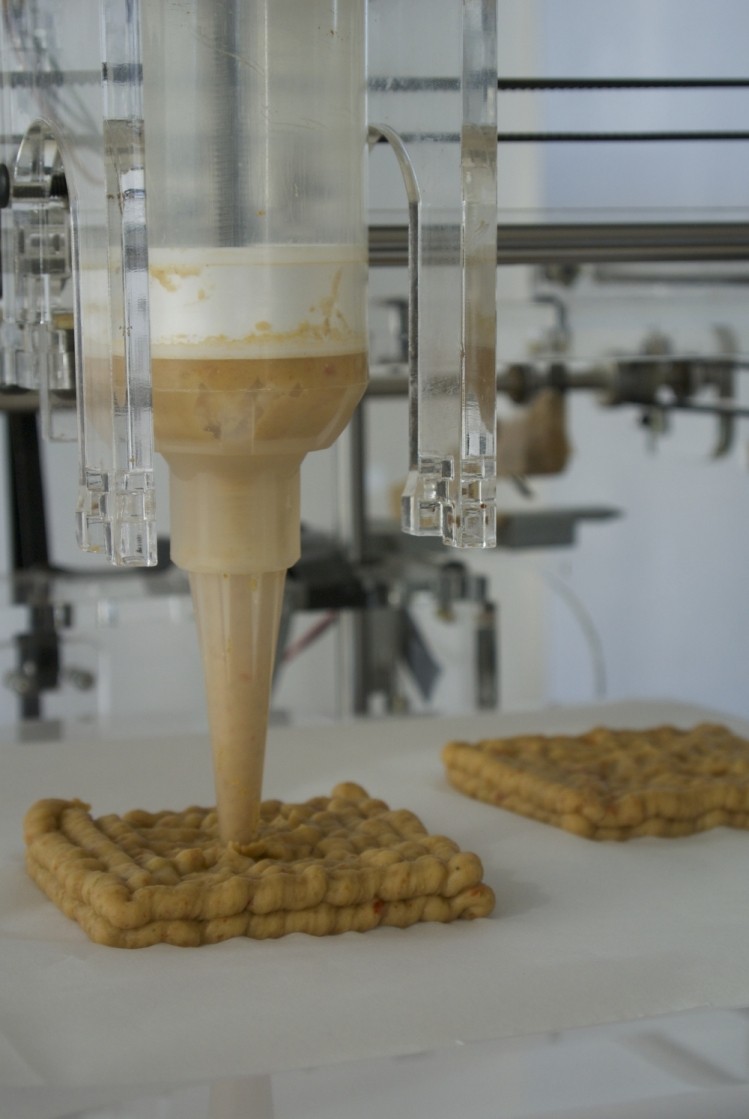3D printing could be as valuable as internet to food industry

By the end of the decade, 3D manufacturing technology could be widely used throughout the food and drink supply chain and enable local production, material savings and customisation, Professor of strategy and future studies at Nottingham University Business School Christopher Barnatt from told the IGD’s supply chain summit yesterday (November 11).
“We are getting to a point where we will be able to store objects online, customise them on the website, transport them digitally – we won’t need all these lorries anymore – and print things out where people actually are,” he said.
Barnatt said he was surprised food manufacturers weren’t using 3D printing technology to provide customised products for consumers that they could design from home.
Customisation
“You don’t have to customise a whole product to make a fully customised product,” he said.
“Food offers this. I’m staggered that were haven’t had the first customised Easter egg or valentine’s gifts.”
A 3D printer would be a great marketing tool for chocolate businesses – such as Thorntons – and also help them speed up intricate manufacturing, Barnatt added.
Food manufacturers could also 3D print the moulds they use to shape food products and package them and take “massive cost” out of their production, he claimed.
Barnatt admitted it was understandable for people to see his vision as mad, but said that was exactly how people reacted when he predicted e-commerce and social media in the mid-1990s.
Marks & Spencer’s head of food logistics Michael Watkins and Natures Way Foods ceo Susan Barratt both admitted the idea of adopting 3D printing technology was an interesting prospect.
The world’s first 3D printed gummy sweets were unveiled earlier this year by the Magic Candy Factory. See the technology in action here.
‘Time to develop expertise’
“It is time to start developing some expertise,” he said. “The people who started getting into the internet in ’95 did so slowly, they found the people in their business that were keen to learn and then gave them a bit of technology and allowed them to experiment. That’s where I think we are today.”
“Ask yourself ‘if this does become true, how can we understand digital production?’”
3D printing technology has built prototypes of car parts, human organs and even houses, Barnatt said.
He predicted 3D printing would combine with nanotech and synthetic biology to allow food businesses to create complete products digitally within 10 to 20 years.
Barnatt also said it was a “very conservative” prediction that there would be 1M 3D printers on the planet by 2020.
Last year, Lynette Kucsma claimed her ‘Foodini’ food printer would also revolutionise food production.
Meanwhile, 3D printing will be a topic for discussion at the Food Manufacture Group’s one-day innovation conference on March 17.
Michael Petch, author of Future Food: How Cutting Edge Technology & 3D Printing Will Change The Way You Eat will debate what role 3D printing has in food.
New frontiers in food and drink will take place at the etc.venues in London. For more information, including how to book, click here.















